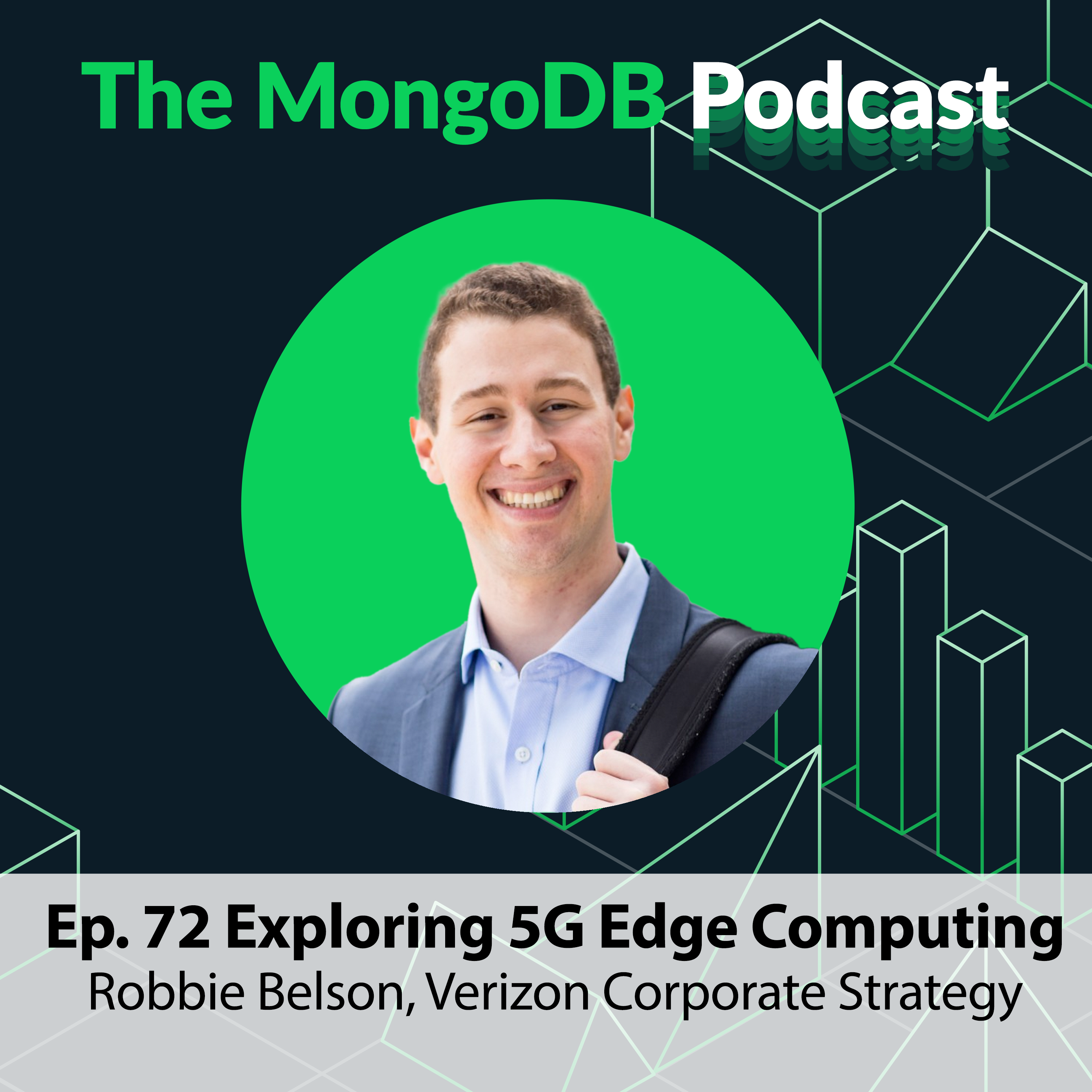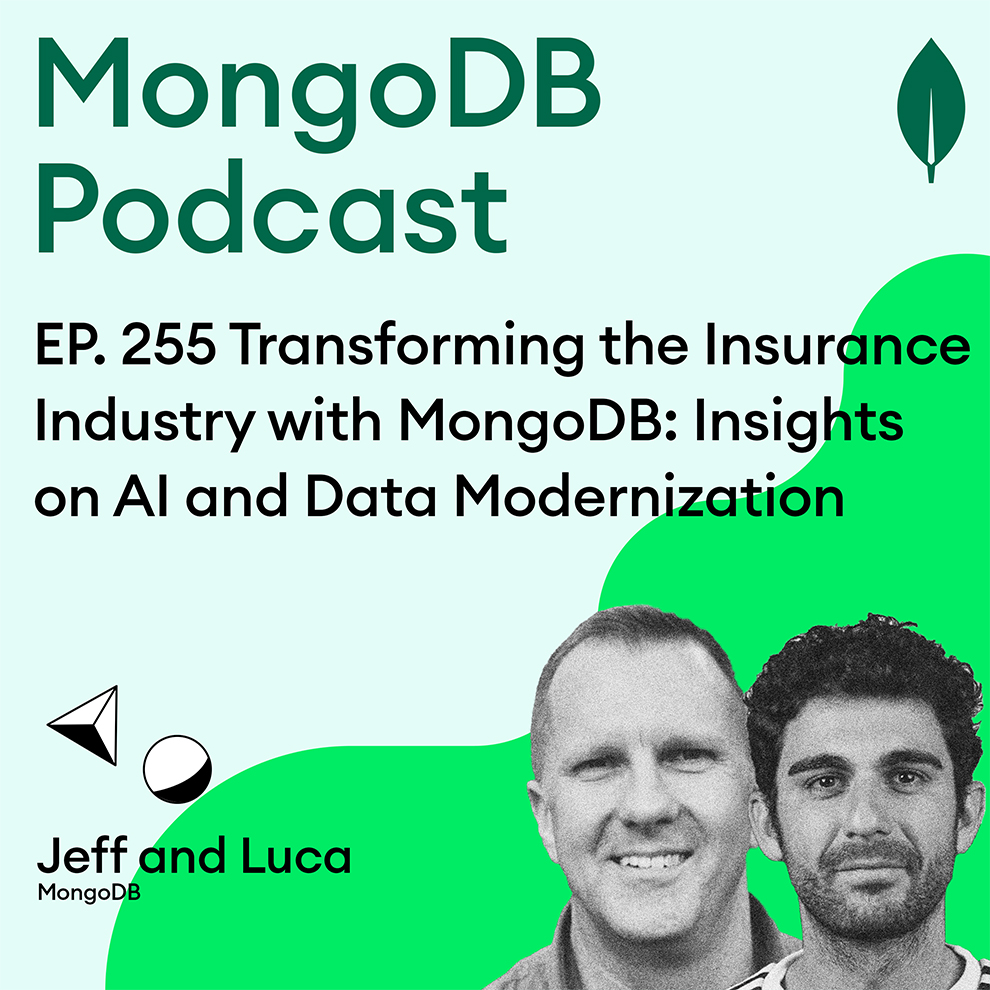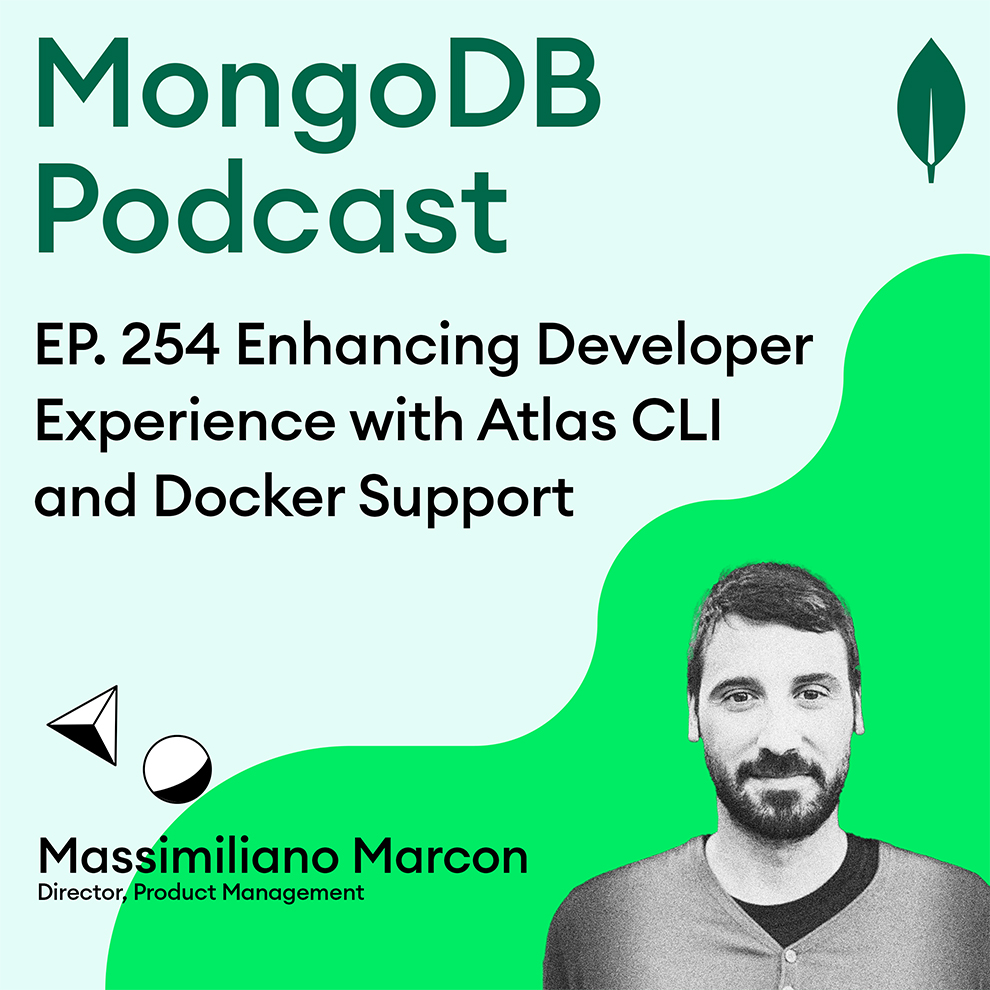Ep. 72 Exploring 5G Edge Computing with Robbie Belson of Verizon
- 0.5
- 1
- 1.25
- 1.5
- 1.75
- 2
DESCRIPTION
The network edge has been one of the most explosive cloud computing opportunities in recent years. As mobile contactless experiences become the norm and as businesses move ever-faster to digital platforms and services, edge computing is positioned as a faster, cheaper, and more reliable alternative for data processing and compute at scale.
While mobile devices continue to increase their hardware capabilities with built-in GPUs, custom chipsets, and more storage, even the most cutting-edge devices will suffer the same fundamental problem: each device serves as a single point of failure and, thus, cannot effectively serve as a persistent data storage layer. Said differently, wouldn’t it be nice to have the high-availability of the cloud but with the topological distance to your end users of the smartphone?
Mobile edge computing promises to precisely address this problem—bringing low latency compute to the edge of networks with the high-availability and scale of cloud computing. Through Verizon 5G Edge with AWS Wavelength, we saw the opportunity to explore how to take existing compute-intensive workflows and overlay a data persistence layer with MongoDB, utilizing the MongoDB Atlas management platform, to enable ultra-immersive experiences with personalized experience—reliant on existing database structures in the parent region with the seamlessness to extend to the network edge.
In this episode, we welcome Robbie Belson of Verizon to help us understand this fascinating landscape and its potential. If you're curious about how 5G, and Mobile Edge Computing and the impact it can have on your applications, listen in and check out an in-depth article on the topic on the MongoDB Developer Hub: https://www.mongodb.com/developer/how-to/real-time-data-architectures-with-mongodb-cloud-manager-and-verizon-5g-edge/







